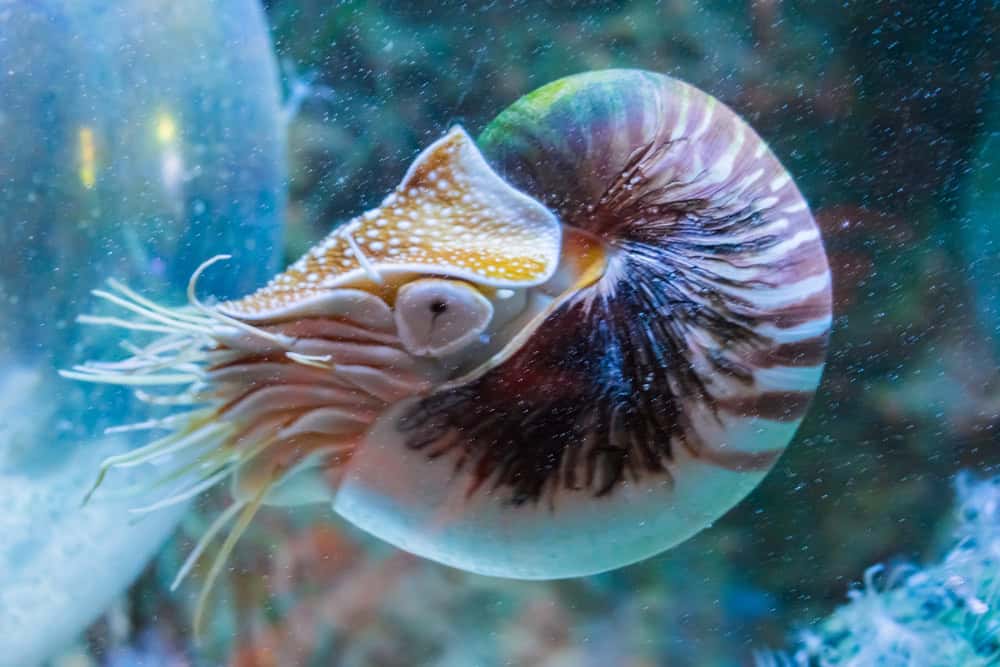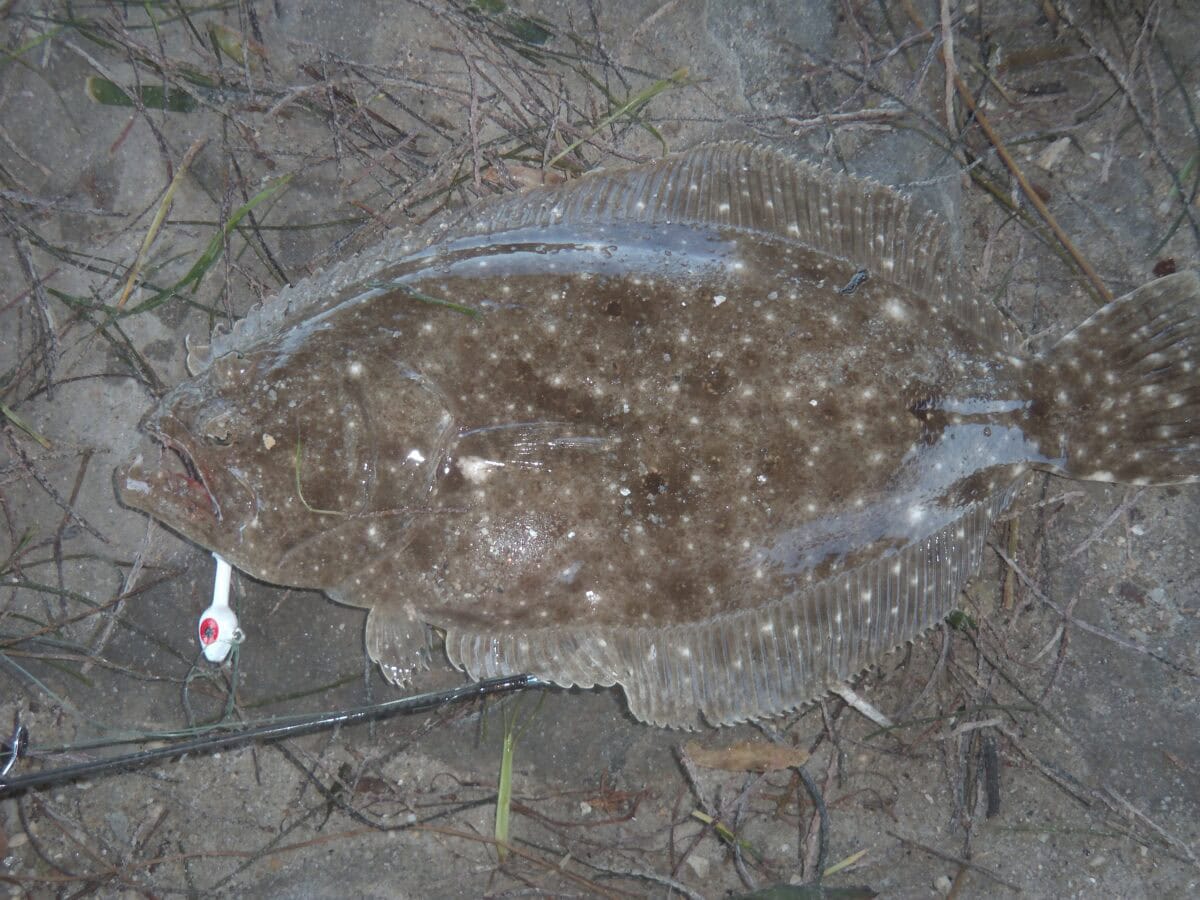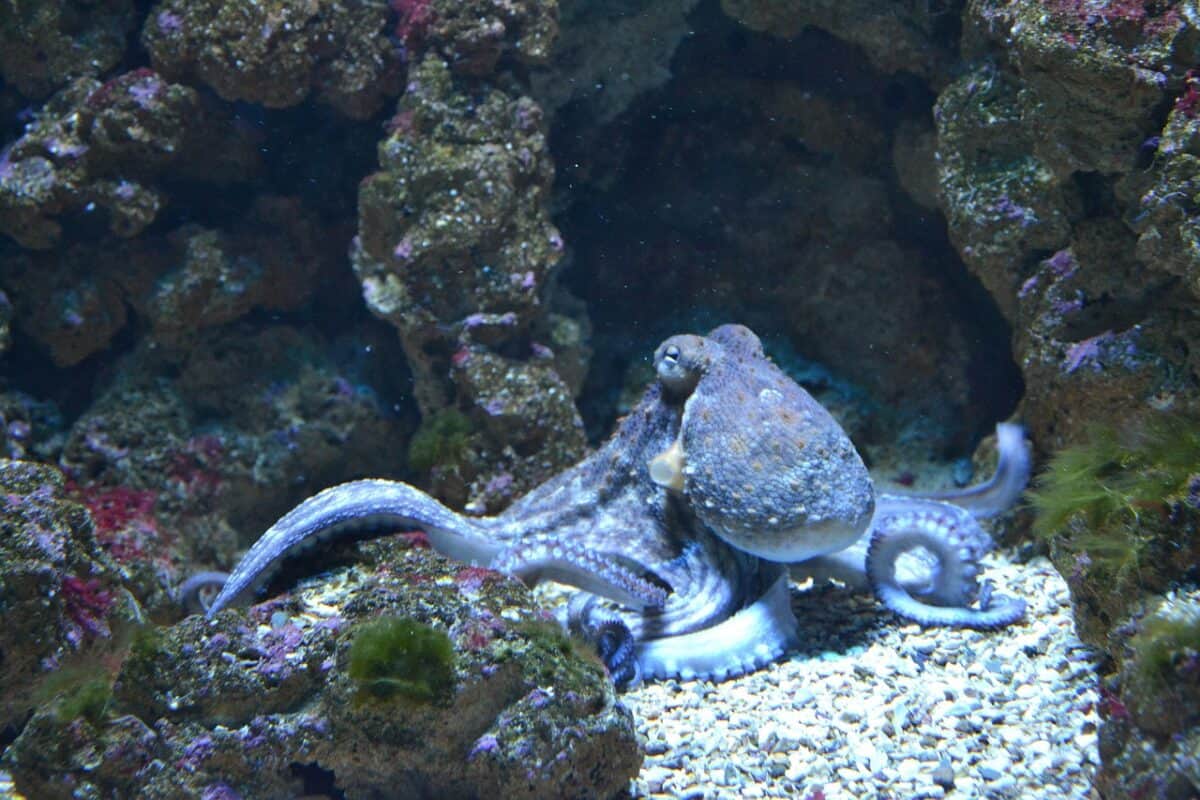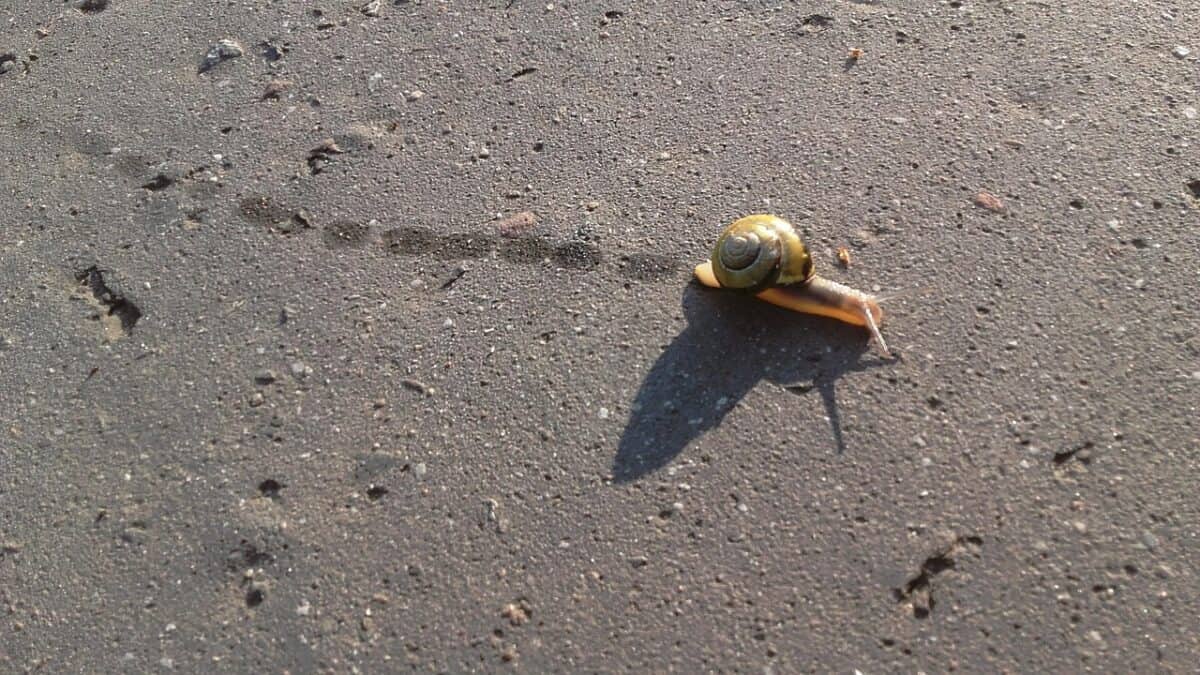The natural world is filled with awe-inspiring wonders, but few are as captivating as the ability of some animals to change their colors instantly. This remarkable adaptation is not only fascinating but serves crucial roles in survival, communication, and camouflage. In this article, we explore 13 extraordinary animals that have perfected the art of color change, offering a glimpse into the vibrant and dynamic lives of these creatures.
Cephalopod Illusionists The Octopus

Known for their intelligence and dexterity, octopuses are also master color-changers. They possess specialized skin cells called chromatophores, which contain pigments and can expand or contract to alter the animal’s color dramatically. This ability allows them to communicate, intimidate predators, and blend seamlessly with their surroundings, making them nearly invisible in the blink of an eye.
The Chameleonic Masters

Chameleons are perhaps the most famous color-changers. Their color transformation is controlled by layers of specialized cells, such as chromatophores and iridophores, which manipulate light and color through the rearrangement of nanocrystals. This skill is primarily used for communication, such as signaling mood or attracting mates, rather than camouflage.
Colorful Cuttlefish

Cuttlefish, relatives of octopuses and squids, are adept at rapid color change, thanks to their complex skin structure. They use this ability for communication, hunting, and avoiding predators. Despite their lack of color vision, cuttlefish can mimic the patterns and colors around them with astonishing accuracy.
The Fluctuating Flounder

Flounders are flatfish with the remarkable capability to change their appearance to match the ocean floor. They achieve this through specialized cells in their skin, aiding in predation and protection from threats. These fish can even adjust their coloration to “invisible” levels, making them true masters of disguise.
The Remarkable Reef-dwelling Wrasses

Certain wrasses, a diverse family of marine fish, can change their color patterns as they age or in response to social situations. This transformation is not instantaneous but can occur over time, often corresponding to mating rituals or dominance hierarchies within their complex social structures.
The Adaptable Anole Lizard

Native to the Americas, anoles are small lizards with the ability to change their skin color to green and brown. This change helps in temperature regulation and communication with other anoles, aside from offering camouflage. Unlike chameleons, their color change is more limited but crucial for their survival.
Mimicking Mimic Octopuses

The mimic octopus is not just a color-changer but a shape-shifter. It can imitate other marine species, both in color and form, to deter predators. This complex form of mimicry is incredibly sophisticated and represents a fascinating example of adaptive evolution.
The Incredible Inkfish Squid

Squid are known for their rapid and versatile color changes, which they use for communication and avoiding threats. Like their cephalopod relatives, squids possess chromatophores and iridophores crucial to their survival and interaction with the marine environment.
Scintillating Seastars

Certain species of seastar, or starfish, can change their skin color for camouflage. Some species have an extraordinary capability to alter their appearance based on their location, protecting them from predators as they move across diverse sea beds.
The Dynamic Decorations of Dragons Bearded Dragon

Bearded dragons can change the intensity of their color, particularly during temperature changes or when displaying dominance. Their color change capabilities are limited but are important for social displays and are influenced by mood and external environmental factors.
The Evolving Elegance of Flatworms

Marine flatworms exhibit bright color changes that serve to warn predators of their toxicity. Their striking patterns can also play a role in mating displays or defensive mimicry involving other toxic species, adding to their unique ecological roles.
Effervescent Estuarine Eels

Some eels, such as the moray eel, are known to exhibit variations in their color throughout their life or due to environmental changes. This adaptation aids in communication and camouflage within the complex networks of coral reefs and rocky crevices.
Conclusion: Nature’s Color Palette

Color change in animals is a striking example of nature’s creativity and adaptability. From the swift, dynamic shifts of the octopus to the gradual transformations of the chameleon, these color-changing abilities provide critical survival tools in the wild. They illustrate the intricate interplay of biology, ecology, and behavior, reminding us of the incredible diversity and adaptability of life on Earth.
Through these remarkable creatures and their unique abilities, we gain a deeper understanding of the complexity and beauty of the natural world, encouraging admiration and conservation of these extraordinary beings and their habitats.
- 10 Animals That Risked Their Lives to Save Humans - August 9, 2025
- 14 Reasons Why Bears Are Afraid of Humans (Most of the Time) - August 9, 2025
- 11 Frogs That Look Too Weird to Be Real - August 9, 2025

